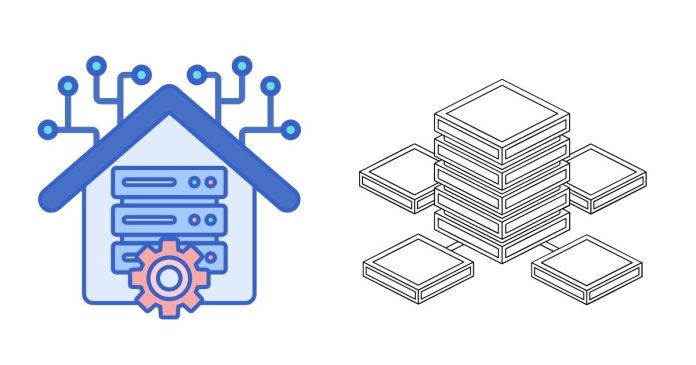In today’s data-driven world, organizations rely on various database systems to manage, store, and analyze their data. Two key types of systems commonly used are operational databases and data warehouses. While both play critical roles in an organization’s data infrastructure, they serve distinct purposes and are designed with different objectives. In this blog, we’ll explore the fundamental differences between operational databases and data warehouses, their use cases, and how they complement each other.
What is an Operational Database?
An operational database, also known as an Online Transaction Processing (OLTP) system, is designed for managing day-to-day operations of a business. It handles high volumes of transactions, such as customer orders, banking transactions, and inventory updates, in real time.
Key Features of Operational Databases:
- Real-time Processing: Supports real-time transaction updates.
- Data Modifications: Allows frequent insert, update, and delete operations.
- Normalized Data: Uses a normalized schema to reduce redundancy and improve data consistency.
- High Availability: Ensures the system is always operational for business-critical tasks.
- Examples: MySQL, PostgreSQL, Oracle Database, Microsoft SQL Server.
Use Case Example: A retail store uses an operational database to track customer purchases, manage inventory, and process payments.
What is a Data Warehouse?
A data warehouse, also known as an Online Analytical Processing (OLAP) system, is designed for analytical and reporting purposes. It consolidates data from multiple sources, transforms it into a unified format, and stores it for decision-making and business intelligence (BI) activities.
Key Features of Data Warehouses:
- Batch Processing: Handles large volumes of data loaded in batches rather than real-time.
- Read-Optimized: Optimized for complex queries and data analysis rather than frequent updates.
- Denormalized Data: Often uses a denormalized schema (e.g., star or snowflake) to simplify query performance.
- Historical Data Storage: Stores historical data for trend analysis and forecasting.
- Examples: Amazon Redshift, Snowflake, Google BigQuery, Microsoft Azure Synapse Analytics.
Use Case Example: A business uses a data warehouse to analyze sales trends, customer behavior, and product performance over time.
Key Differences Between Operational Databases and Data Warehouses
| Aspect | Operational Database | Data Warehouse |
|---|---|---|
| Purpose | Handles daily operations and transactions. | Supports analytics, reporting, and BI. |
| Data Processing | Real-time transaction processing (OLTP). | Batch processing for analytical queries (OLAP). |
| Schema Design | Highly normalized for data consistency. | Denormalized for query performance. |
| Data Type | Current and live data. | Historical and aggregated data. |
| Performance | Optimized for high-speed transactions. | Optimized for complex analytical queries. |
| Users | Operational staff (e.g., cashiers, clerks). | Decision-makers, analysts, and data scientists. |
How Operational Databases and Data Warehouses Work Together
In most organizations, operational databases and data warehouses are complementary. Data from operational databases is periodically extracted, transformed, and loaded (ETL) into a data warehouse for analytical purposes. This separation ensures that transactional operations remain fast and uninterrupted while enabling in-depth analysis and reporting.
Choosing the Right System
When deciding between an operational database and a data warehouse, consider the following:
- For Daily Operations: Use an operational database to handle real-time transactions and business processes.
- For Analytics: Use a data warehouse to generate insights from historical and aggregated data.
- For Hybrid Needs: Modern solutions like hybrid transactional and analytical processing (HTAP) systems offer combined capabilities but may require careful configuration.
Conclusion
Operational databases and data warehouses serve distinct yet interconnected purposes in modern businesses. While operational databases are crucial for day-to-day tasks, data warehouses empower organizations to uncover trends and make data-driven decisions. By leveraging both systems effectively, businesses can achieve operational efficiency and strategic growth.


